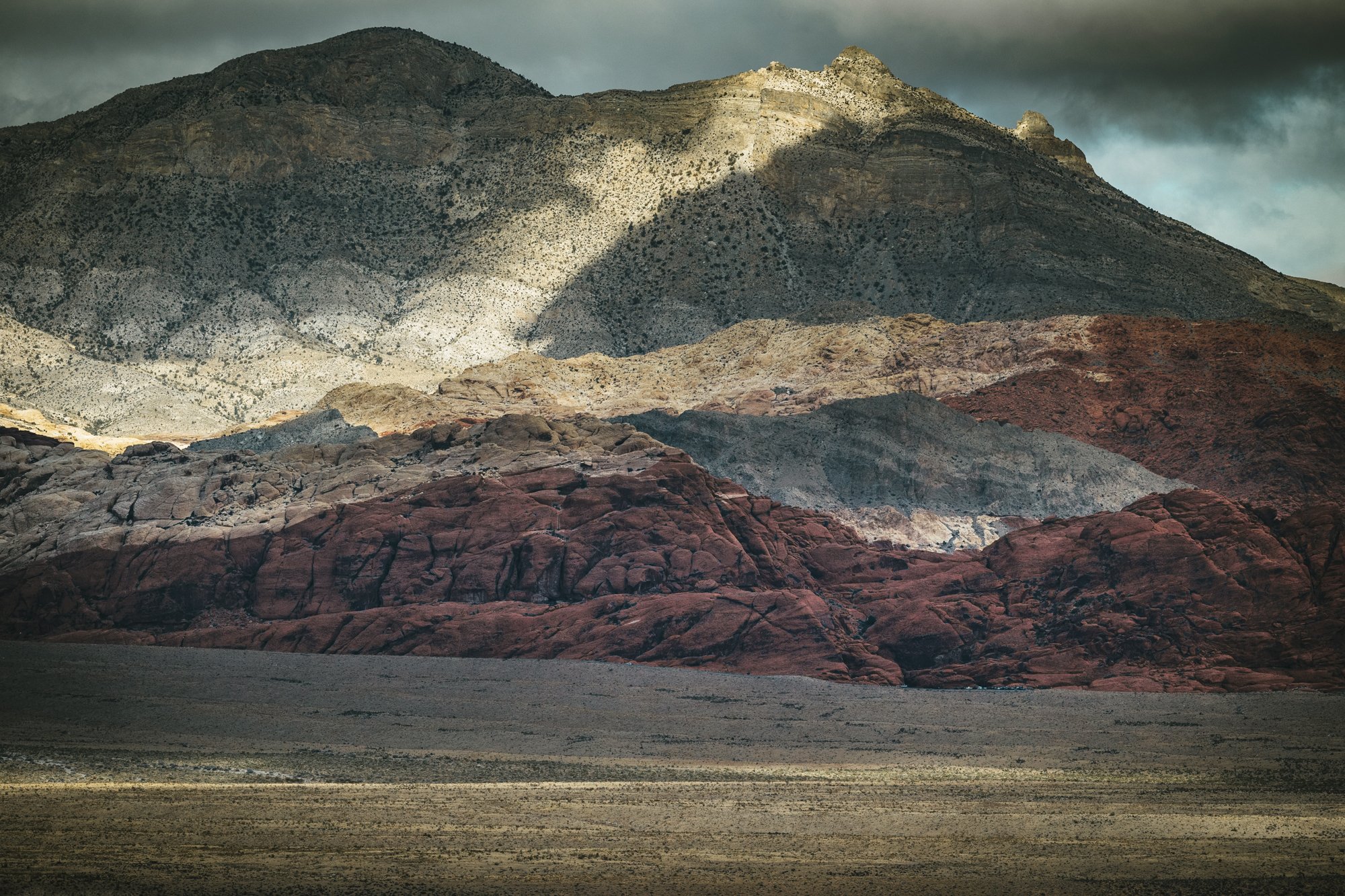
Impact: Ours and Yours
Your Impact: Etiquette
Climbing is a personal experience and everyone has their own reasons why they love it. For some it is the pure athletic performance. For others, it is a mental game of problem solving and overcoming doubts and fears. And for others, it’s an opportunity to be out in nature alone or with a few friends and away from the stream of stimulus from screens and speakers.
Whatever your particular motivation, it’s up to all of us to enjoy climbing in our own way while allowing others to enjoy it in theirs. The most basic rule of etiquette is don’t do anything that takes away from someone else’s experience. Taking care of the climbing environment is the first step; don’t trash the place, don’t damage plant life, brush your ticks, and of course, don’t damage the rock*. As climbing areas get more crowded, it’s also important to be sure your psych isn’t ruining someone else’s. Be positive (or be quiet), don’t give unsolicited beta, and chances are no one wants to hear your music. The mu stick system isn’t loud (it’s about as loud as a normal conversation), but like anything that makes noise, it might distract someone who is really trying to focus, so make sure you are aware of when you’re using it and when it might be best to wait a moment.
Tick Marks, Chalk, and Wet Rock
Tick marks are an important tool for many climbers pushing their limits. They can help you find the good part of a hold quickly or know where to aim for a blind throw to a hold around a corner or over a lip. But they’re ugly (especially for non-climbers enjoying the wilderness) and they can be detrimental to other climbers who don’t use the same beta as you. So go light with your tick marks, and when you’re done, the mu stick is great for cleaning them off. While you’re at it, clean your chalk off the holds as well. It will prevent it from becoming a nasty paste when it rains.
Speaking of rain, the mu stick is handy for drying wet holds, but many types of rock, especially sandstone, become fragile when wet (Hueco Tanks, Texas and Red Rock, Nevada both have rock like this, for example). There’s a big difference between drying the surface of a hold so that it has good friction and drying the moisture that has absorbed into the rock so that it is at full strength, which can take days. If you are going to use the mu stick to dry wet holds, make sure that the rock you are climbing is not of a type that gets weaker when wet. If you’re not sure, ask a local.
Climb it like no one was there before you.
Leave it like you weren’t there either.
Our Impact: Packaging
Premium products come in premium packaging, right? Just look at iPhones and Amazon Alexa. But why? When was the last time you looked at the box your phone came in?
Fancy packaging is a waste on several levels. Beyond the obvious waste of making a box to go in another box to be shipped, it just ends up in the trash or at best in the recycling bin. Even if 100% of the fancy packaging was actually recycled, the energy costs of making it and recycling it would still ultimately be wasted. Aside from the environmental impacts, designing and manufacturing fancy packaging is actually quite expensive - costs that just get passed on to you. When presented with the choice of having some customers go “oh that’s cool” one time when they see a fancy box or giving all of our customers and the environment a break, the choice was simple. Our packaging is the minimum required to get our products to you without damage and that’s it. Recycle the packaging we use and buy yourself some snacks with the money we didn’t charge you for stuff you would have thrown away anyway.




